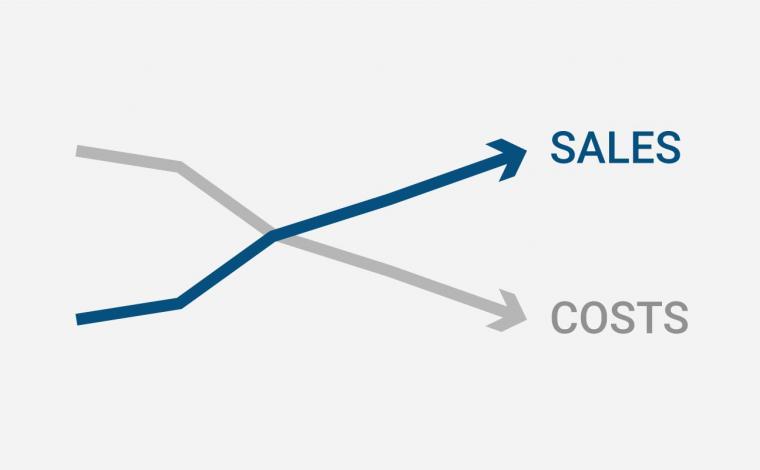For merchants, direct costs are often front and center. Products are ordered and sold, and managers keep an accurate inventory of what is moving quickly and what doesn’t need to be ordered again anytime soon. Yes, in most cases direct costs remain front and center simply through the daily operation of the business.
However, as company owners and managers well know, there is also an indirect side to the expense report. While the costs here may not always be in the limelight, they are certainly no less considerable. Many owners and managers mistakenly believe that indirect costs are unavoidable and cannot be mitigated in any way when in fact the opposite is true.
It is possible to aggressively reduce associated indirect costs, and here are five tips that can help accomplish this goal.
Aggregate indirect expenses.
Different departments certainly have different needs but they also have many similar requirements. These requirements could include office materials, tools, technology, etc. Aggregating these needs — grouping them together to make one larger buy — can often get the company a better price on the materials it needs across the business. And if the company has multiple locations, it can aggregate the buy of similar items across the company for better pricing on these indirect goods.
Utilize technology to reduce unnecessary costs.
Little costs add up quickly, and reducing or eliminating them can have a big impact. Take transaction fees, for example. Every time customers use a credit card, companies are stuck with an associated fee, and over time, those fees become considerable. Merchant processing solutions from Usio feature least-cost processing, automatically checking for debit processing before credit with each swipe of the card to save businesses money and reduce unnecessary fees.
Invest in a procurement department.
Many companies overspend on their indirect expenses because they lack an overall strategy for this need and simply “buy it as they need it.” Establishing a procurement team, or at least a person responsible for procurement, can allow the business to think strategically about its indirect spend, buying items at the best possible time, aggregating purchases when possible and avoiding unnecessary expenses.
Reduce employee purchasing.
Even the best procurement strategy will have little effect reducing indirect expenses if employees are still allowed free rein to make individual purchases. Requiring all employees to make such purchases through the procurement department ensures better visibility into associated indirect costs and allows procurement to utilize the best possible solution when making a buy on the items employees need.
Consider a strategic sourcing provider.
This tip can be especially helpful to companies with multiple locations. Partnering with a strategic sourcing provider that specializes in indirect spend can open up new options for controlling indirect costs by adding the company’s requested buy with that of other companies to increase the power of aggregation. The sourcing provider can also allow businesses to take advantage of existing supplier agreements and/or expose the company to new technology and best practices that could help the business in the future.
To learn more about how Usio can help companies control their indirect costs through a payment management service, contact us today.

